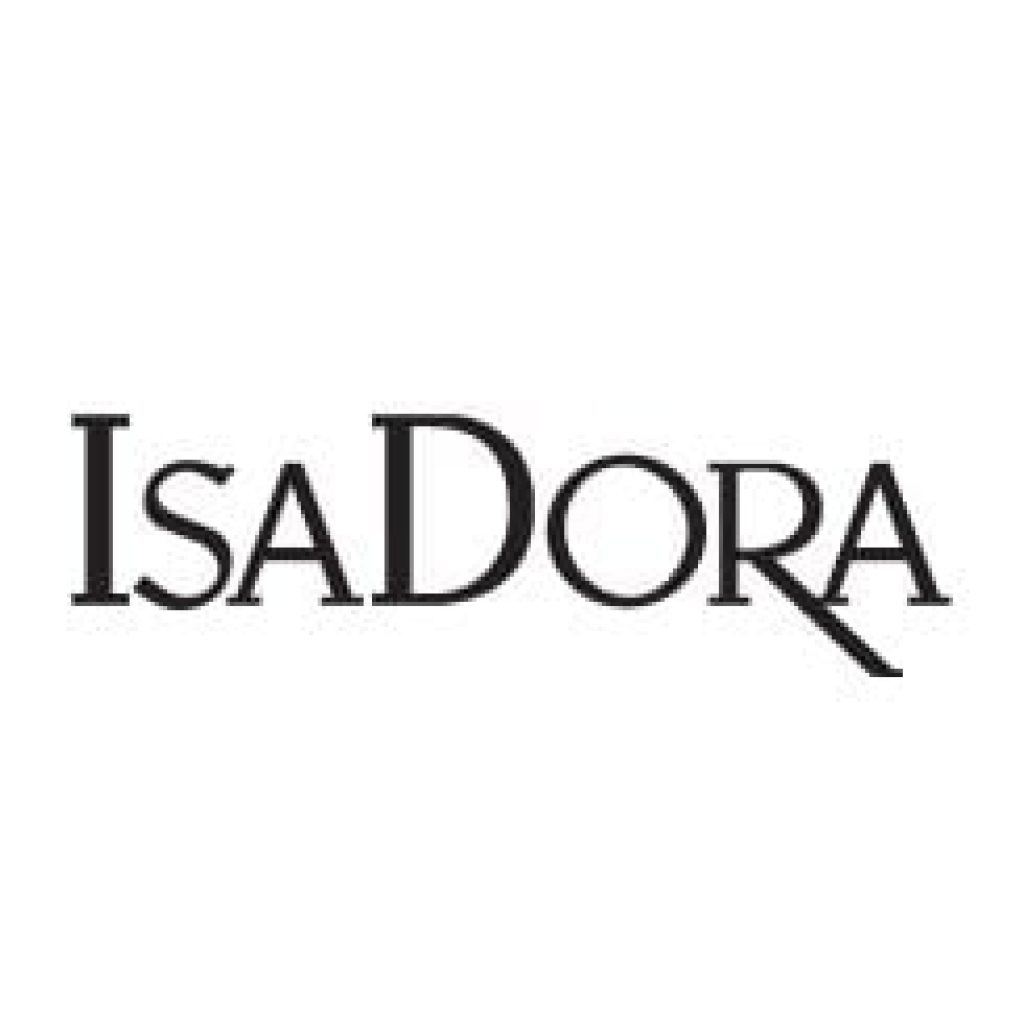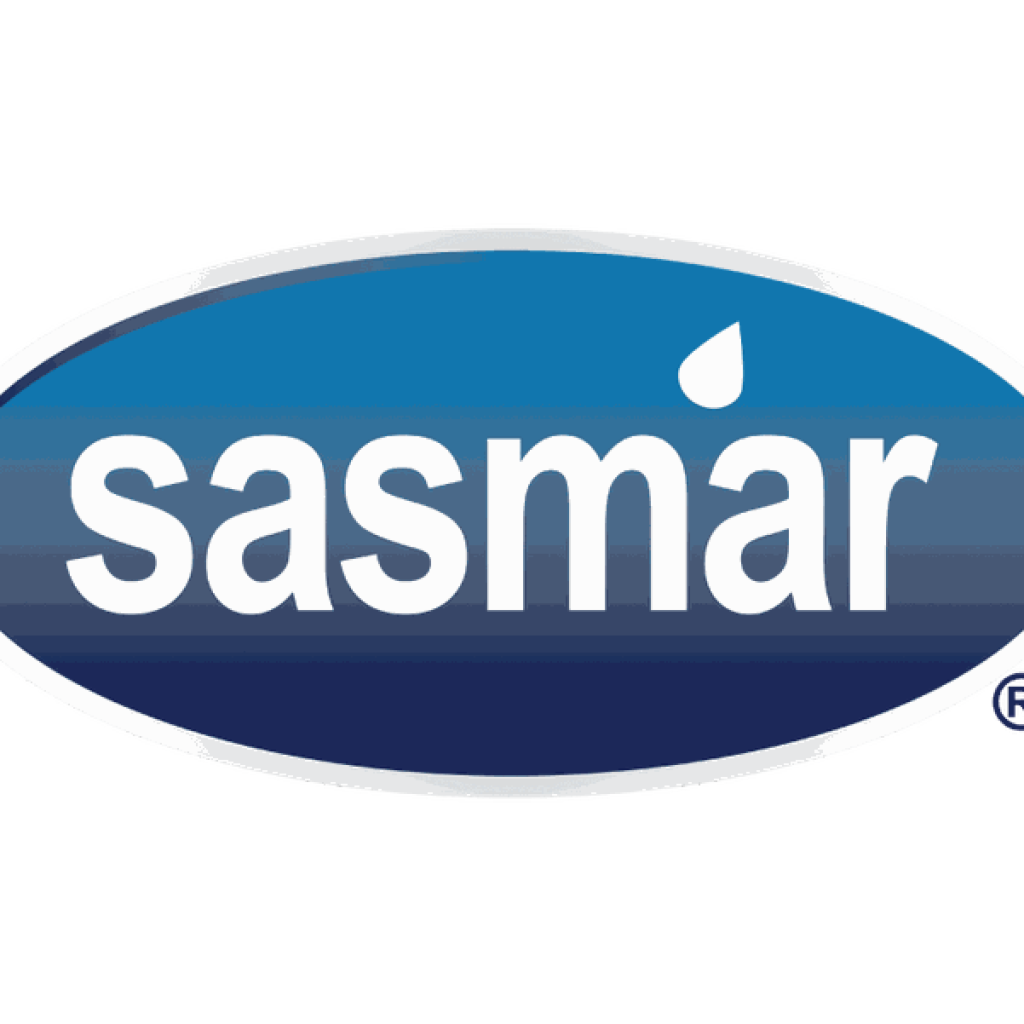No products in the cart.
Uncategorized
Different Types of Activities Tutorial
Note that the total overhead for current year is $2,000,000 using activity-based costing, just as it was using a traditional costing method. The total amount of overhead should be the same whether using activity-based costing or traditional methods of cost allocation to products. One common difficulty that companies might come across is in selecting an appropriate activity base. This decision should align with the characteristics of a product or service, and the way the business operates.
Batch-level activities are work actions that are classified within an activity-based costing accounting system, often used by production companies. Examples of these batch-level cost drivers can often include machine setups, maintenance, purchase https://simple-accounting.org/ orders, and quality tests. ABC costing was developed to help management understand manufacturing costs and how they can be better managed. However, the service industry can apply the same principles to improve its cost management.
- Circuit for Teams is a game-changer for businesses looking to optimize their delivery operations.
- The cost structure of your business should also be a primary determinant when choosing an activity base.
- Therefore, applying an activity base to the budgeting process is a strategic move that can positively impact a company’s bottom line.
- For example, the health-care industry may have different overhead costs and cost drivers for the treatment of illnesses than they have for injuries.
- It indicates good governance and business integrity, enhancing the company’s reputation.
Activity-based costing (ABC) is a costing method that assigns overhead and indirect costs to related products and services. This accounting method of costing recognizes the relationship between costs, overhead activities, and manufactured products, assigning indirect costs to products less arbitrarily than traditional costing methods. However, some indirect costs, such as management and office staff salaries, are difficult to assign to a product. Apart from the allocation of overhead costs and determining overhead rates, the activity base also directly contributes to the process of calculating the cost of goods sold (COGS).
Operating Income: Understanding its Significance in Business Finance
Under traditional approaches, some idle capacity may be incorporated into the overhead allocation rates, thereby potentially distorting the cost of specific output. This may limit the ability of managers to truly understand and identify the best business decisions about product pricing and targeted production levels. Activity-based costing is a system that provides detailed information regarding a company’s production expenditures. The number of activities a company has may be small, say five or six, or number in the hundreds.
Each unit sells for $60 and total sales were $12,000,000 ((90,000 + 110,000) X $60). The fourth step is to compute the predetermined overhead rate for each of the cost drivers. This portion of the process is similar to finding the traditional predetermined overhead rate, where the overhead rate is divided by direct labor dollars, direct labor hours, or machine hours. Each cost driver will have its own overhead rate, which is why ABC is a more accurate method of allocating overhead. This helps managers identify non-value-adding activities and process inefficiencies, and increase profitability.
Activity Base: Understanding Its Crucial Role in Cost Accounting
Moreover, it may be necessary to use different activity bases for various aspects of sustainability reporting, such as water usage, energy consumption, or waste creation. In conclusion, through optimal cost allocation fostering sustainability and improved stakeholder interaction, the activity base indirectly aids in an organization’s pursuit of CSR. Lastly, using an activity base in budgeting can help organizations better manage their costs. By directly correlating costs with specific business activities, it becomes easier to identify areas of inefficiency or wastage. Beyond accuracy, a well-chosen activity base contributes to a more streamlined and effective budgeting process.
Increased Complexity and Management Effort
Direct material and direct labor costs range from nonexistent to minimal in the service industry, which makes the overhead application even more important. The number and types of cost pools may be completely different in the service industry as compared to the manufacturing industry. For example, the health-care industry may have different overhead costs and cost drivers for the treatment of illnesses than they have for injuries. Some of the overhead related to monitoring a patient’s health status may overlap, but most of the overhead related to diagnosis and treatment differ from each other. The cost structure of your business should also be a primary determinant when choosing an activity base. A company with high direct labor costs might opt for ‘labor hours’ as their activity base, as it would provide the most meaningful data for cost allocation and efficiency evaluation.
The primary difference between activity-based costing and the traditional allocation methods is the amount of detail; particularly, the number of activities used to assign overhead costs to products. In practice, companies using activity-based costing generally use more than four activities because more than four activities are important. Activity‐based costing assumes that the steps or activities that must be followed to manufacture a product are what determine the overhead costs incurred. Each overhead cost, whether variable or fixed, is assigned to a category of costs.
Since it is a customized order, Platinum will be billed at cost plus 25%. By understanding which activities drive the most costs, you can identify areas to improve efficiency and reduce waste. If the answer is yes, you might want to start using activity-based costing (ABC). There were fewer machine hours than estimated, but there was also less overhead than estimated. There were more requisitions than estimated, and there was also more overhead. And customers are more likely to continue buying from you because they’re getting products they want at a competitive price.
Activity Base in Sustainability Reporting
In conclusion, an activity base is not just a static number used for overhead cost distribution and COGS calculation; it’s a powerful tool within cost accounting. Its accuracy and relevance have the potential to influence a company’s pricing strategies, inventory valuations, budgeting processes and ultimately, its overall financial health. Unit-level activities are activities that are related to producing each unit.
A diagram of the interconnectivity can reveal multiple cost objects feeding off of many shared activities that in turn use up various resources. In today’s competitive business environment, accurately understanding your fixed and variable costs is crucial for success. Let’s say the first unit-level activity is cutting fabric, and the total cost is $10,000. This means you can finally say goodbye to broad, inaccurate cost allocations and hello to a more detailed and precise picture of your business’s expenses.
If an organization’s production level increases, the budget can adjust accordingly. Similarly, if there’s a downturn, the budget can be revised downward to reflect that. When looking at the influence of unit level activity activity base on budgeting, it becomes clear just how significant this component can be. From the onset, utilizing this approach helps in refining budget figures based on actual business operations.
Identifying and assigning costs to each activity lets you better understand the cost of your products or services and make more informed decisions about pricing specific products and resource allocation. The sales price was set after management reviewed the product cost with traditional allocation along with other factors such as competition and product demand. The current sales price, cost of each product using ABC, and the resulting gross profit are shown in Figure 6.9. Having multiple types of goods or services can further complicate this issue. If the various types have different consumption patterns of overhead resources, a single activity base might not equally apply to all of them. This can, again, bias the cost allocation and present a distorted picture of the financials.











